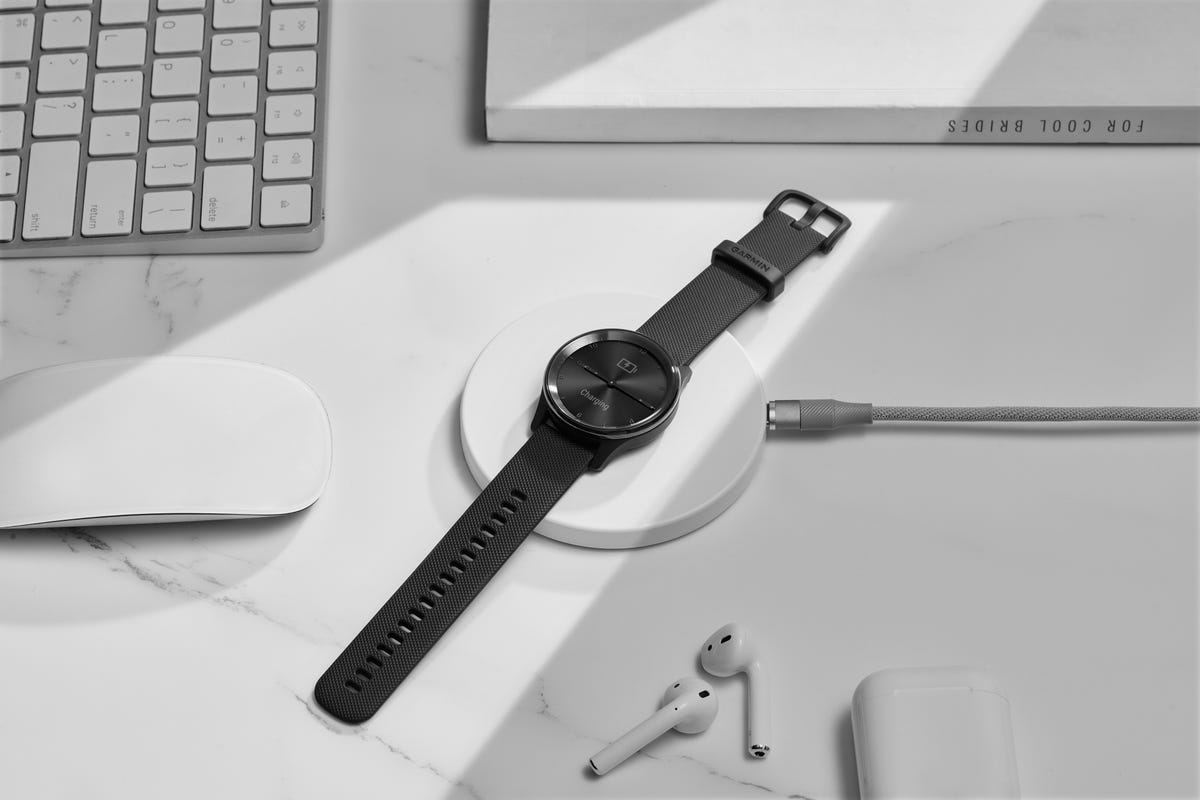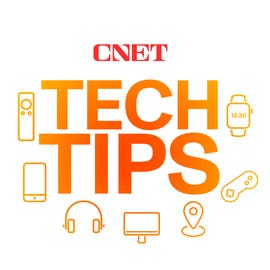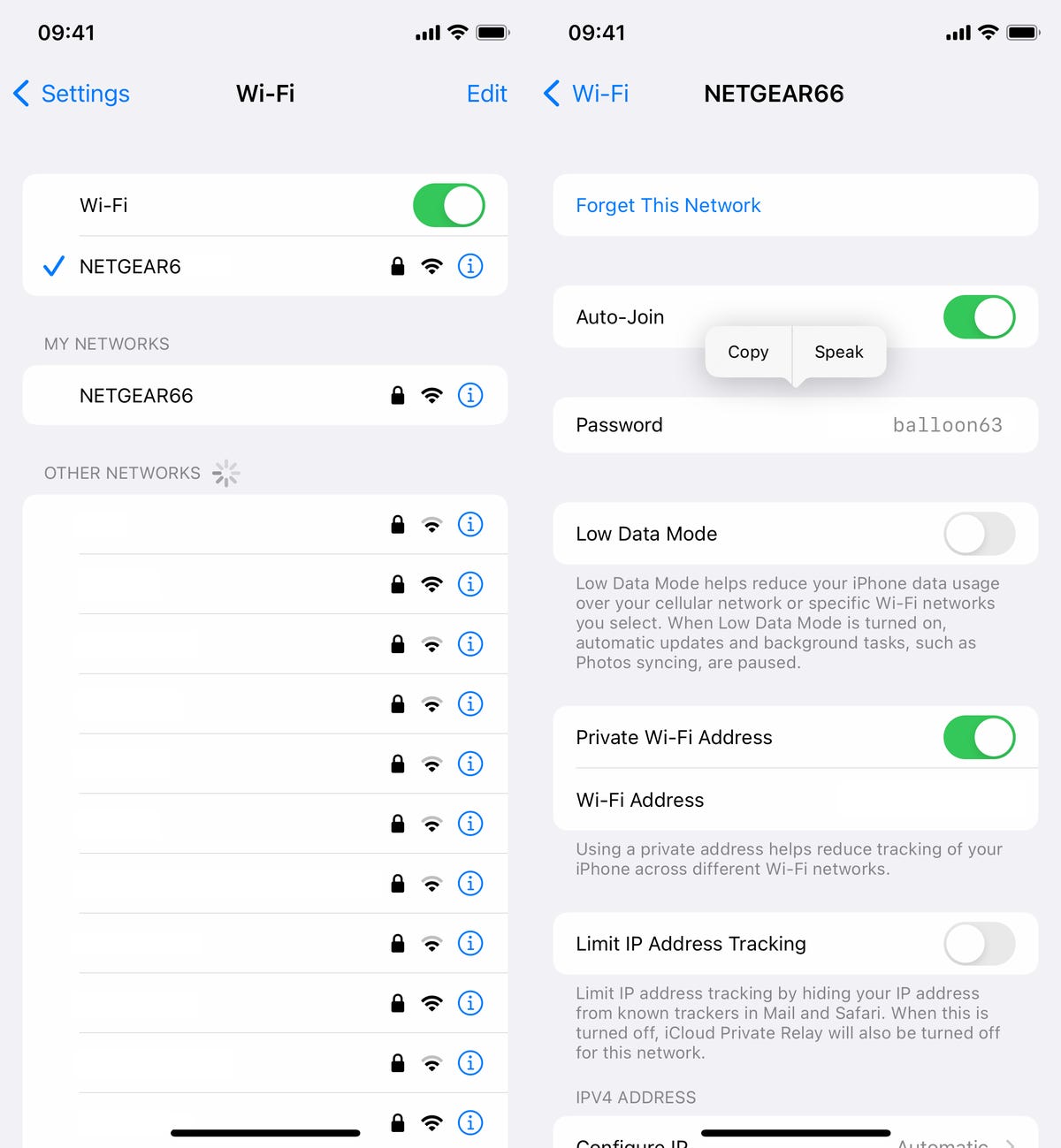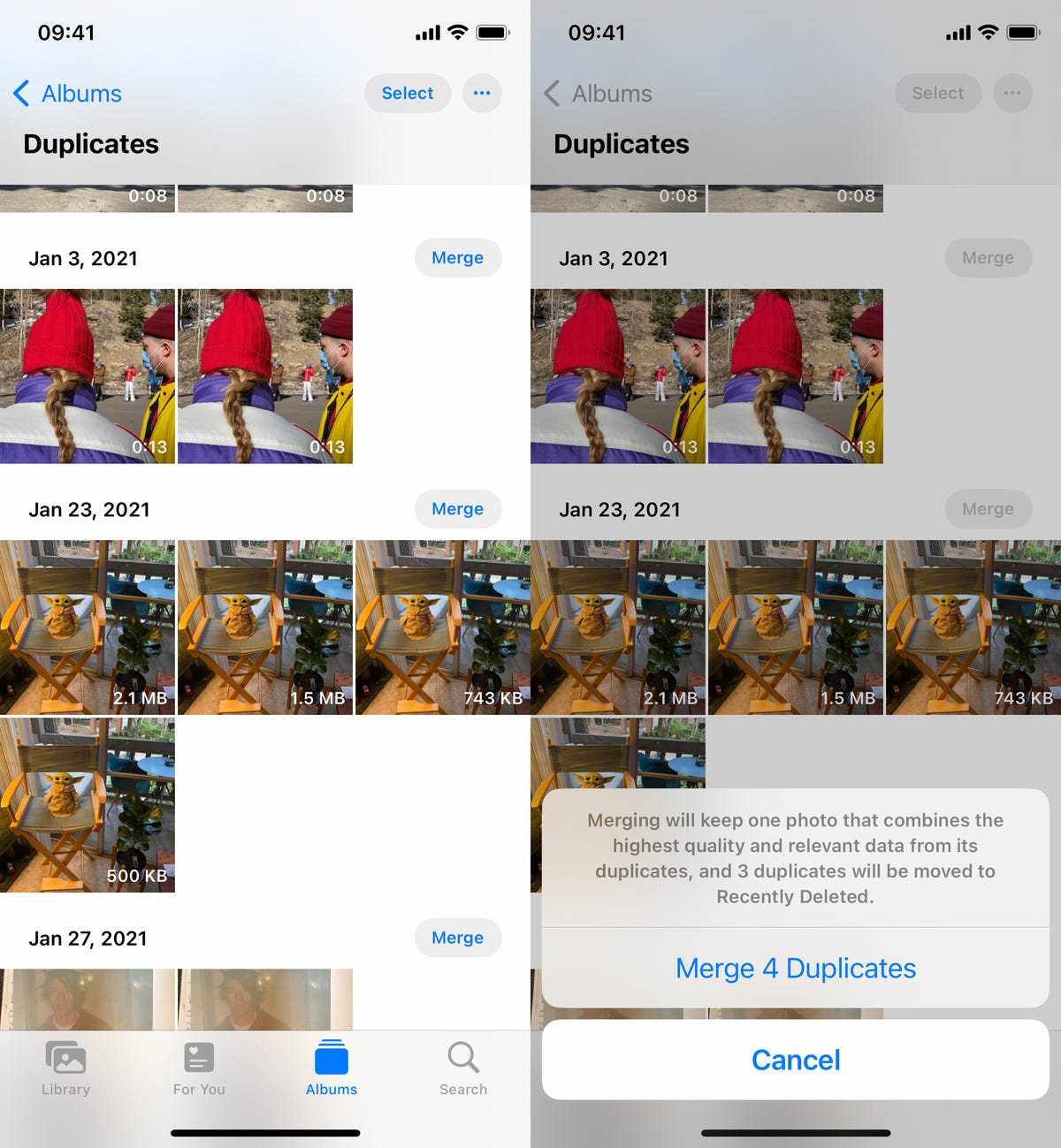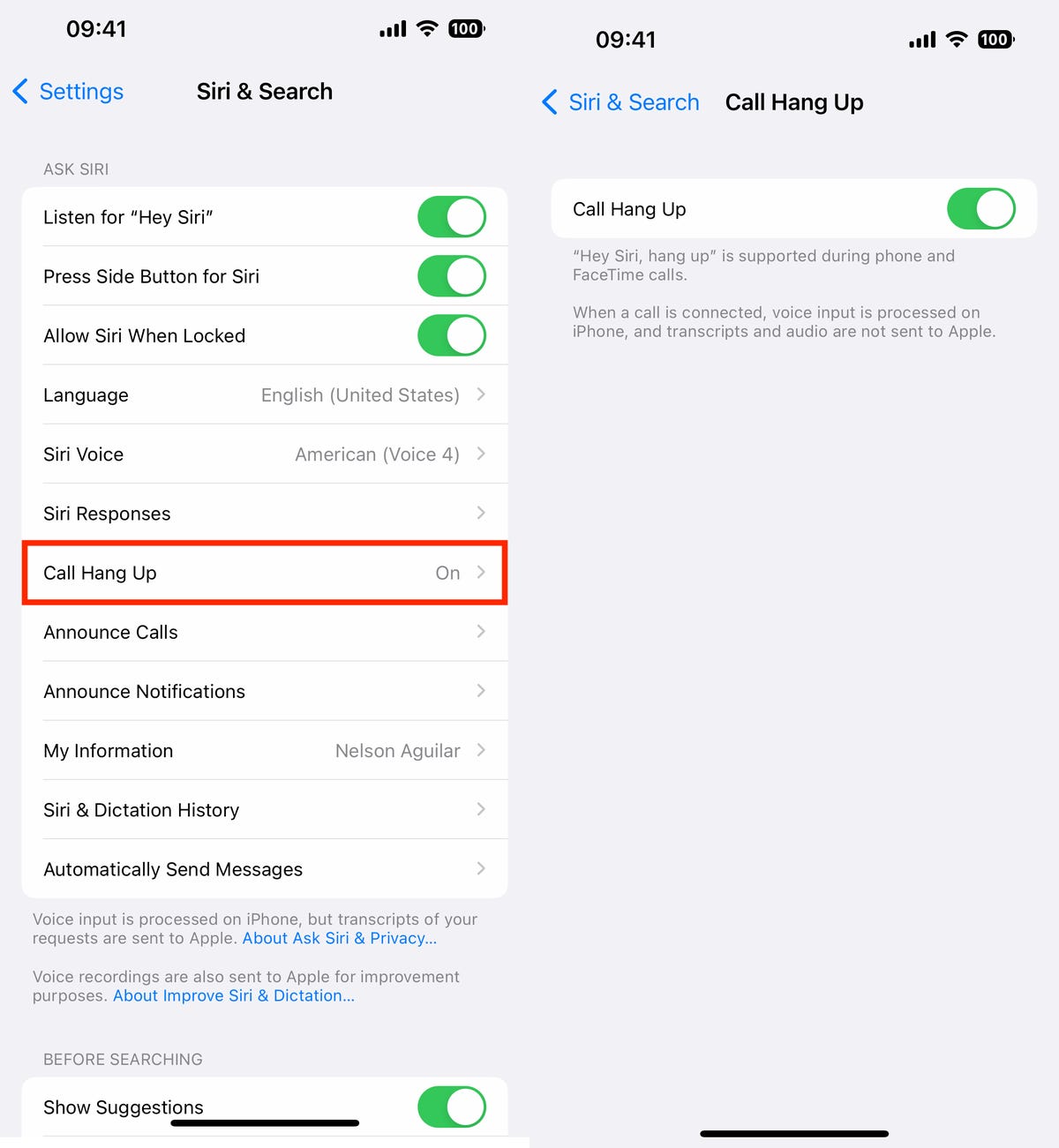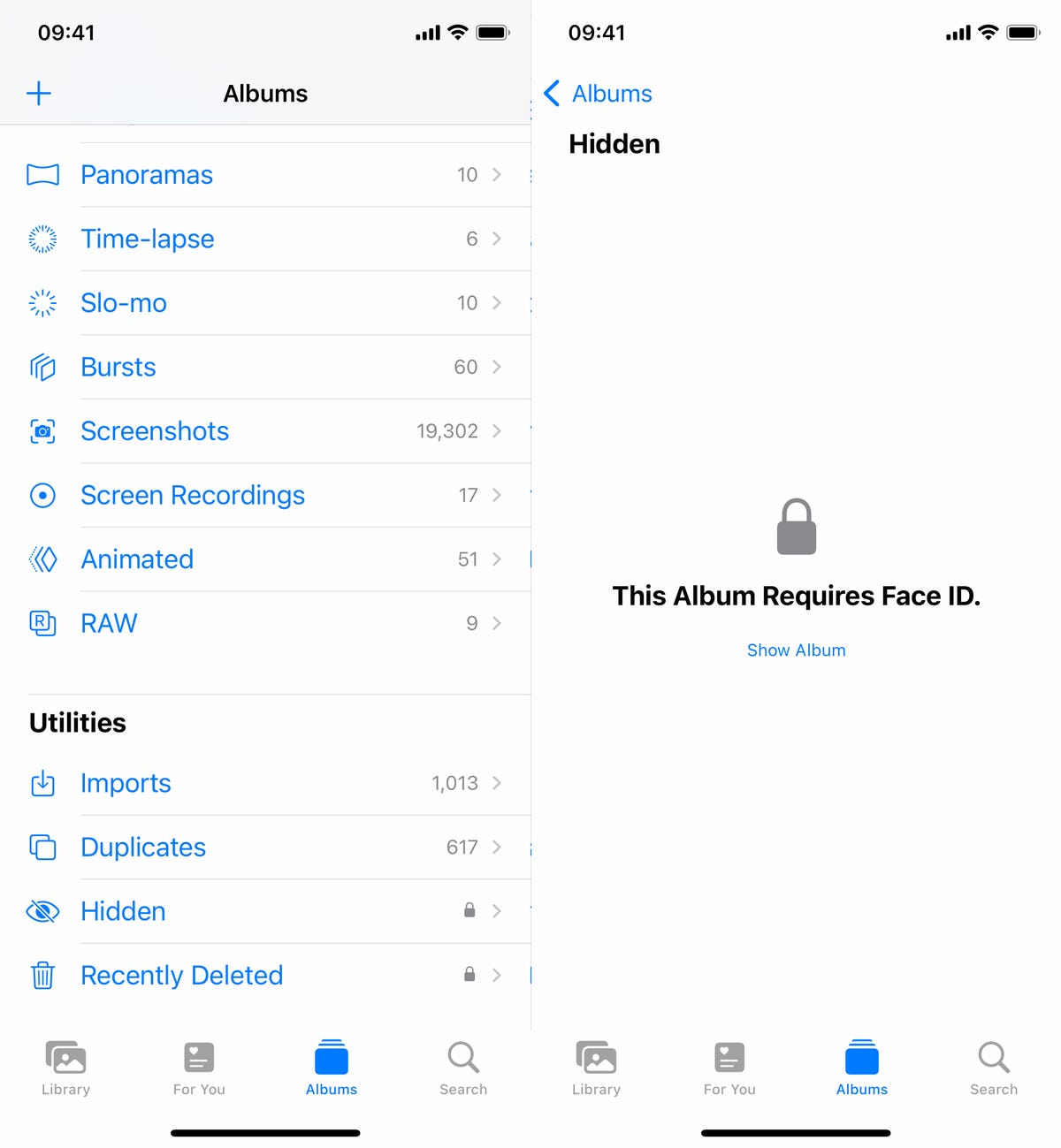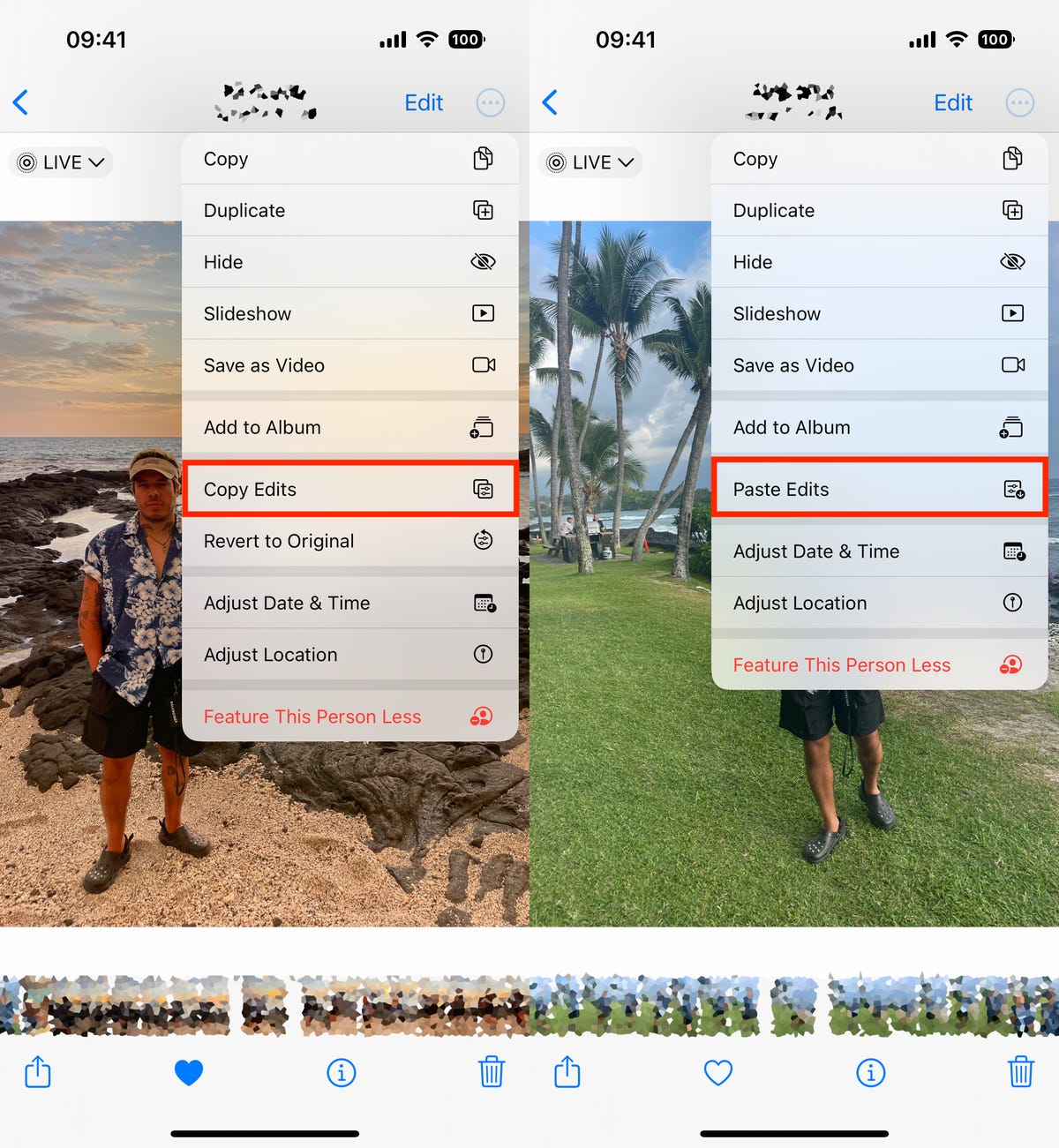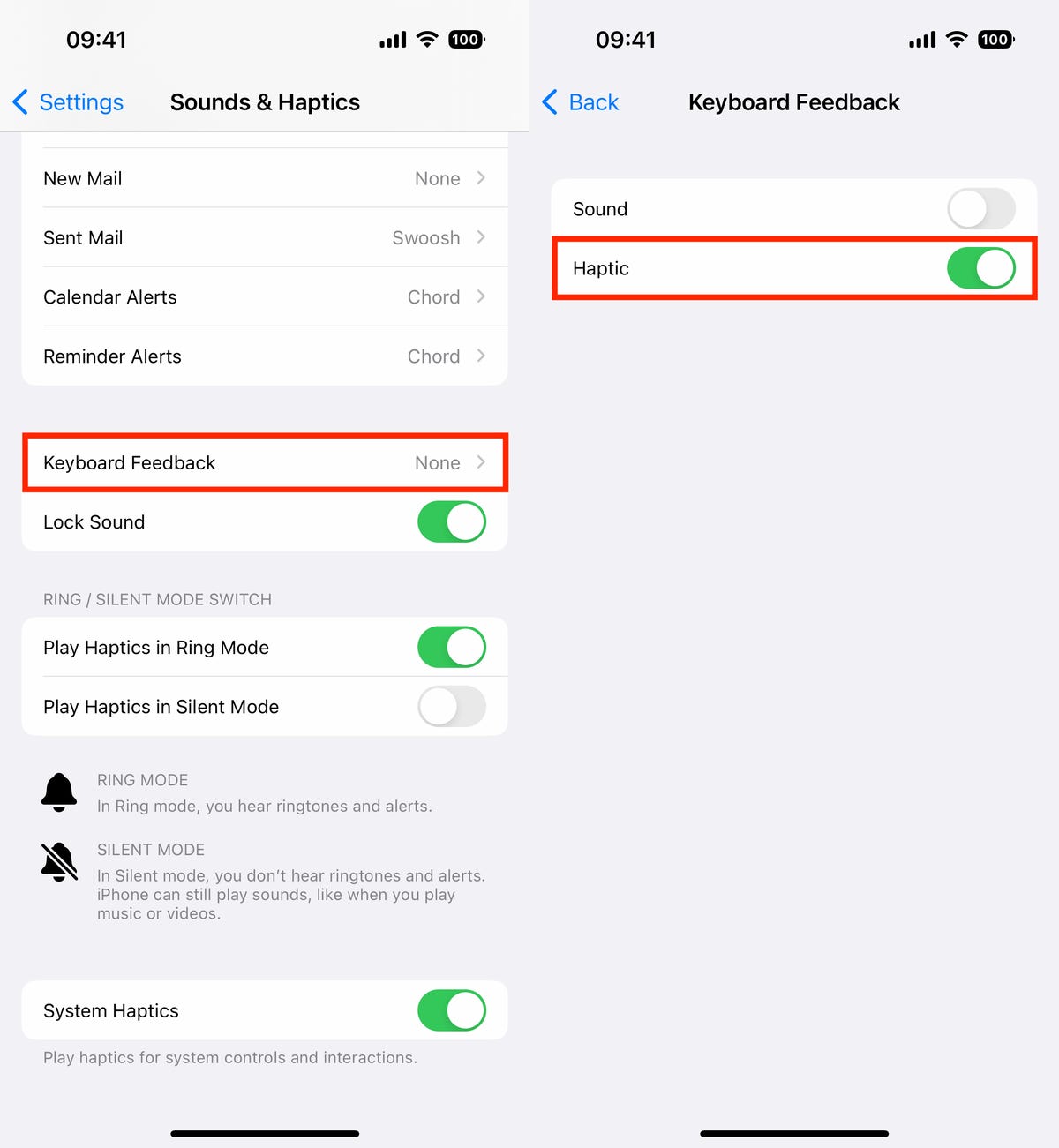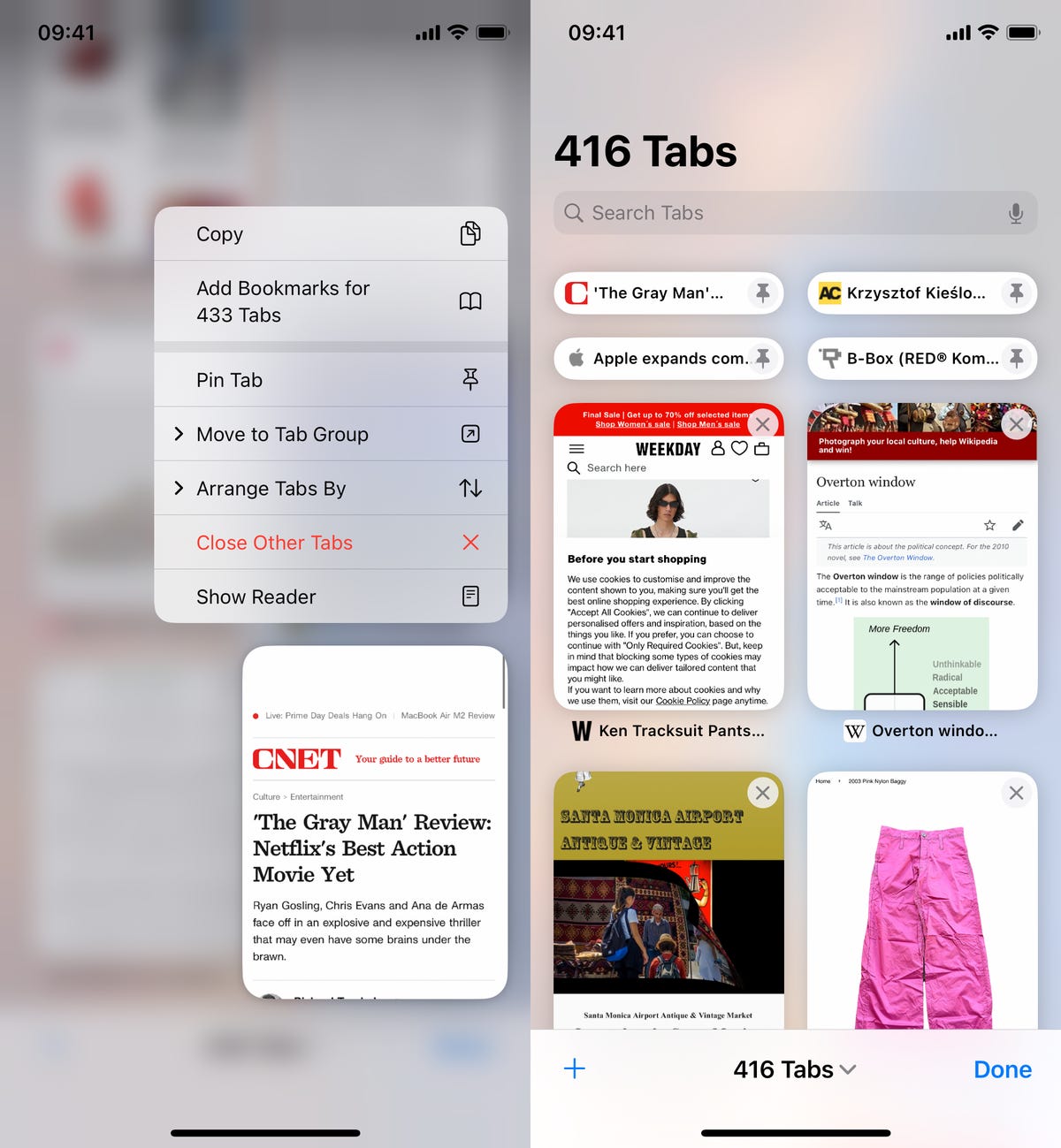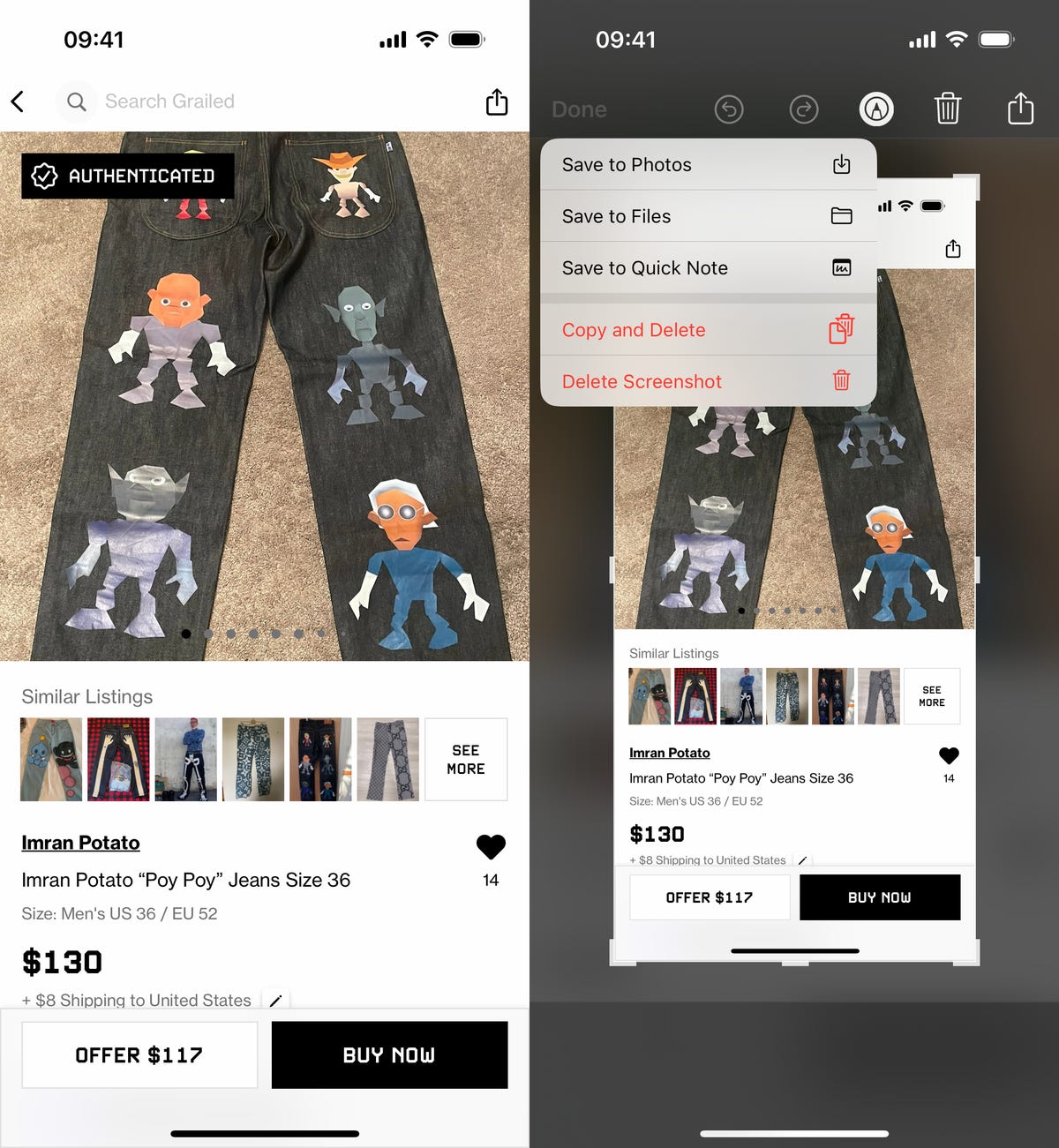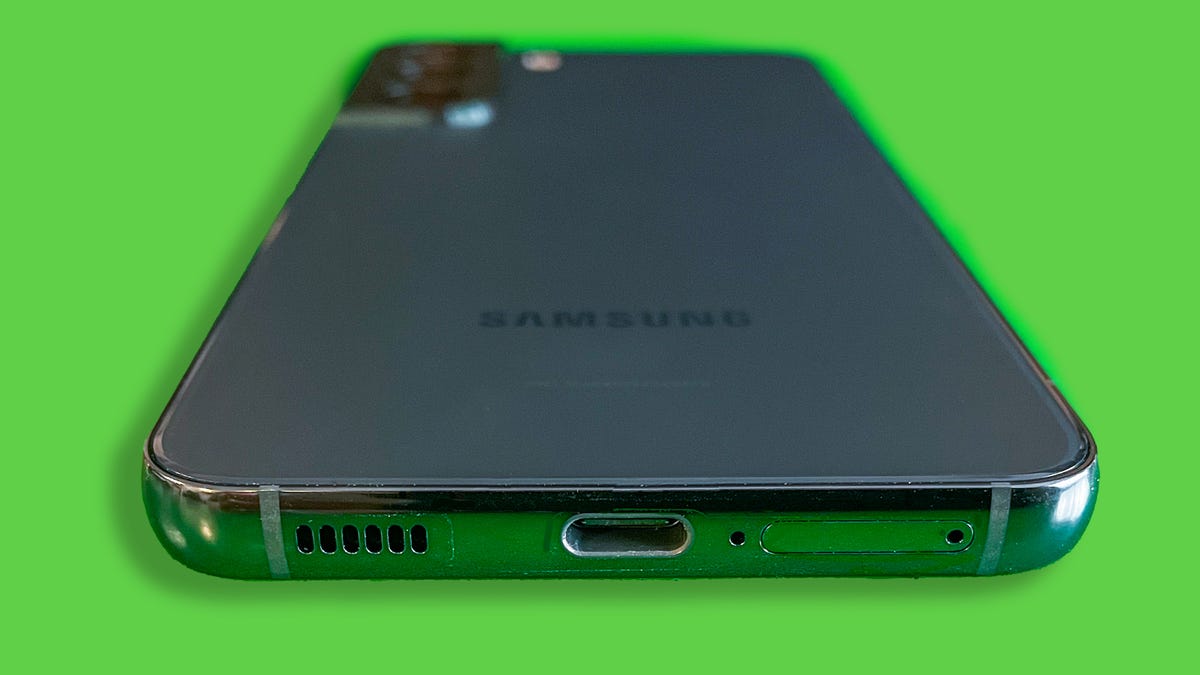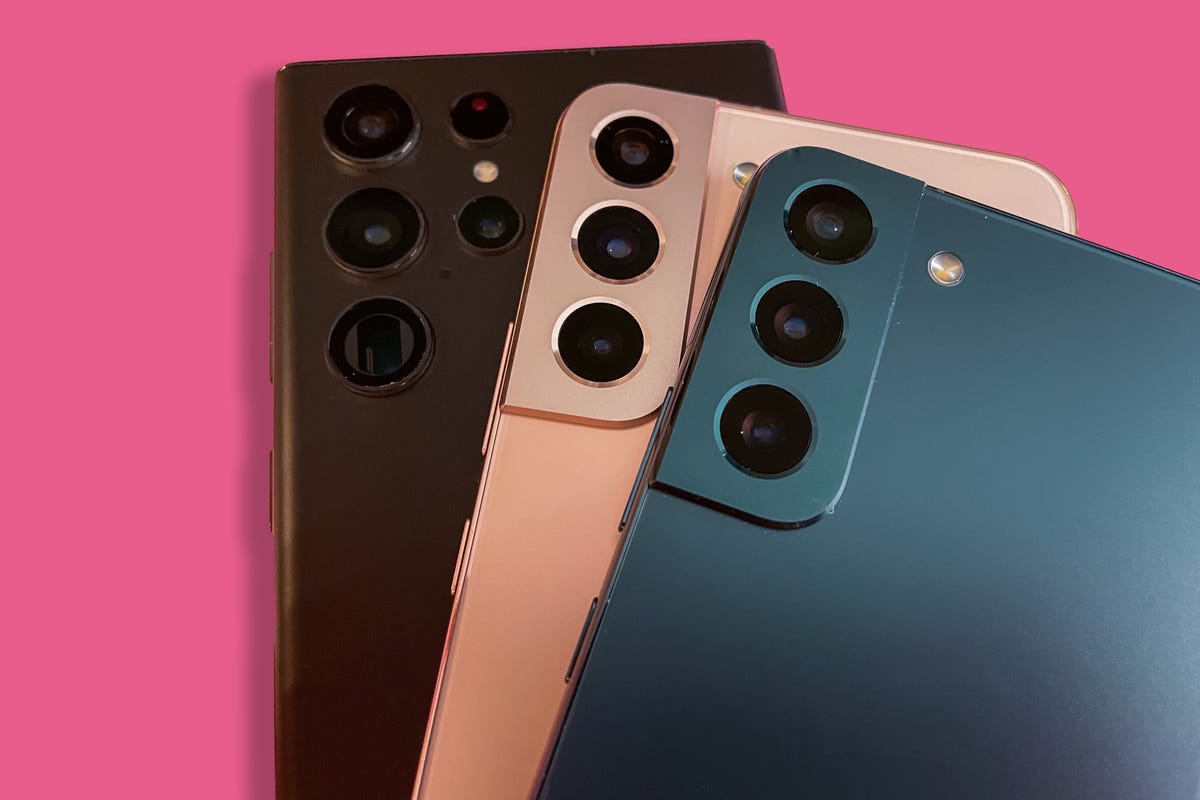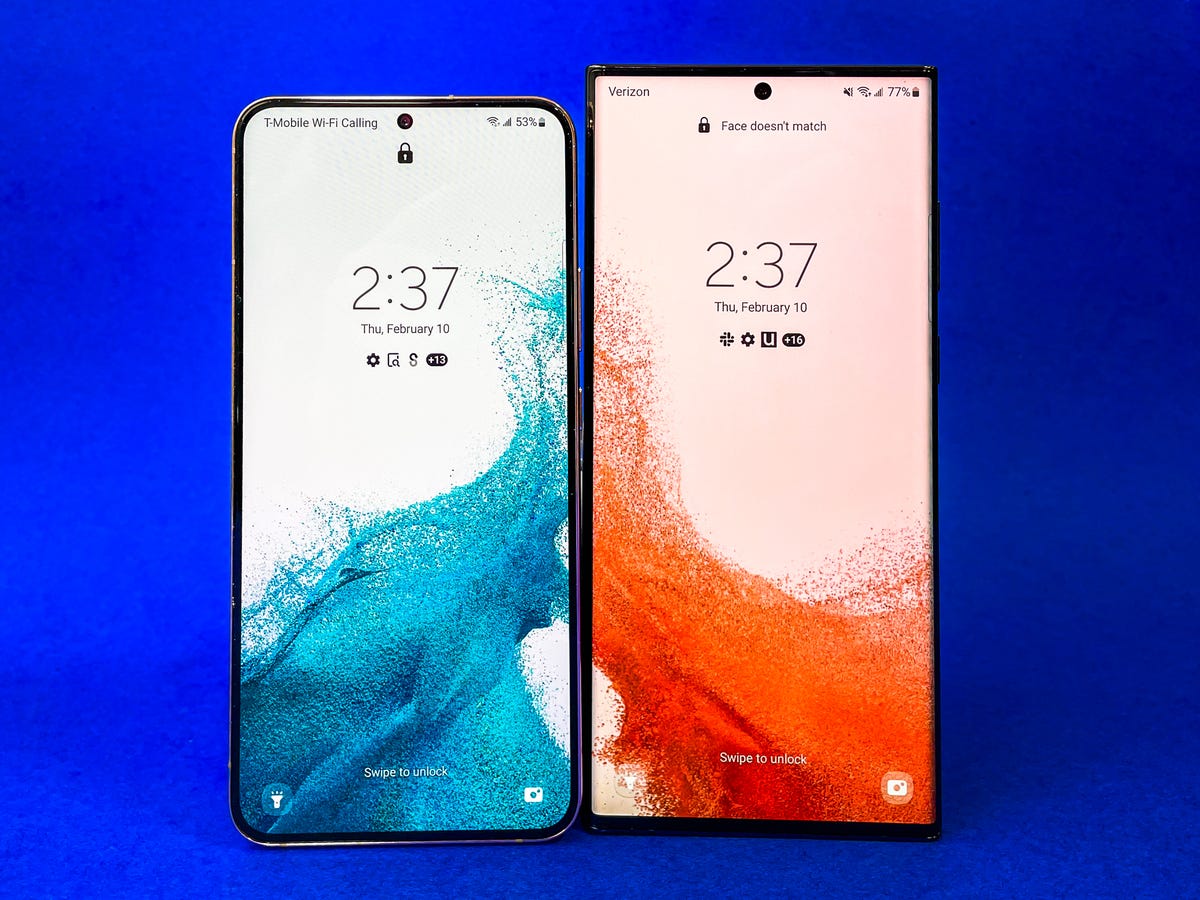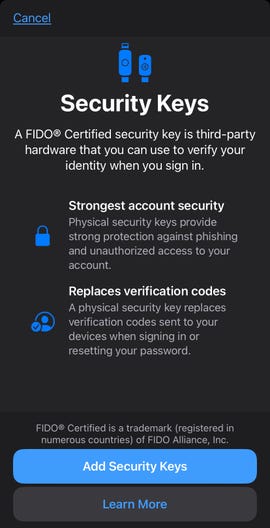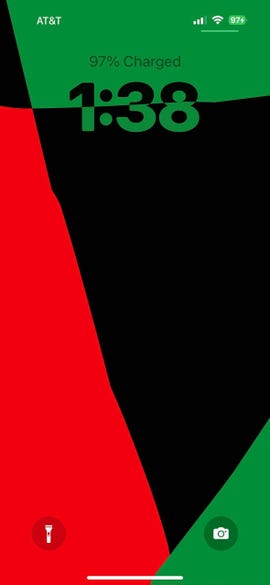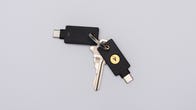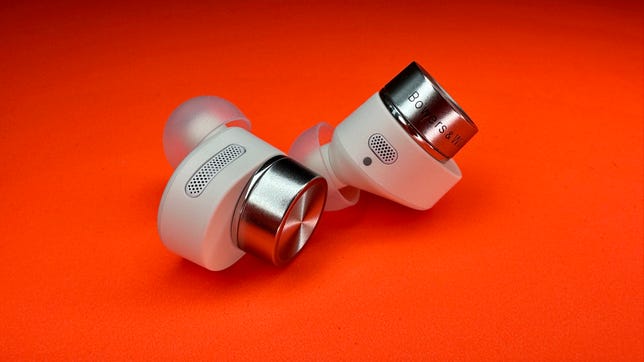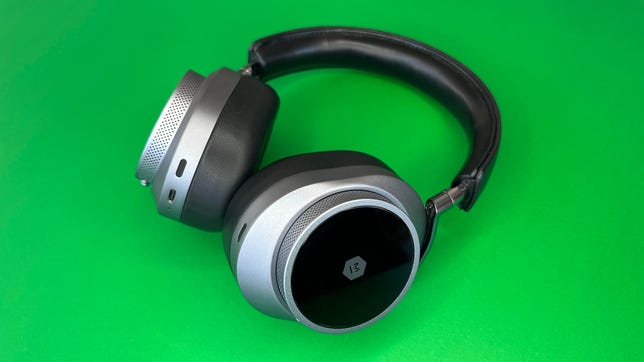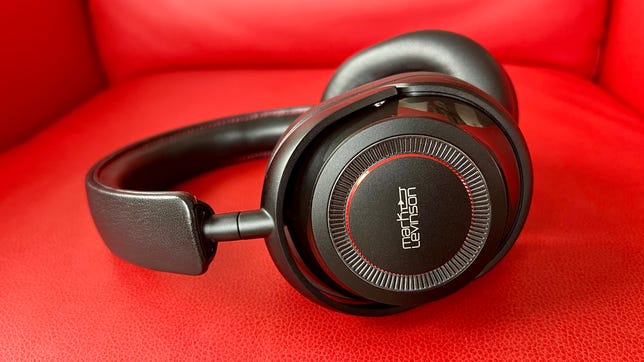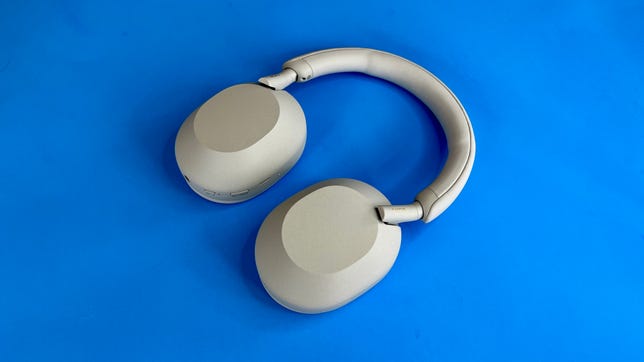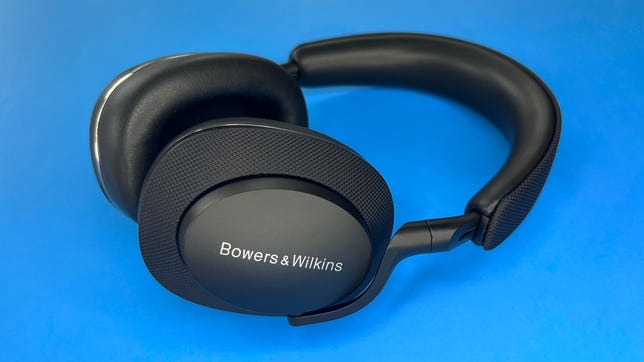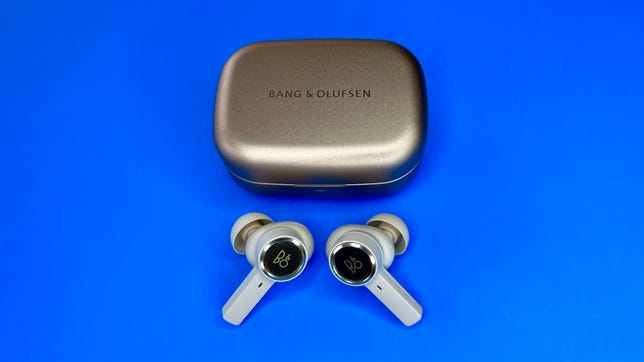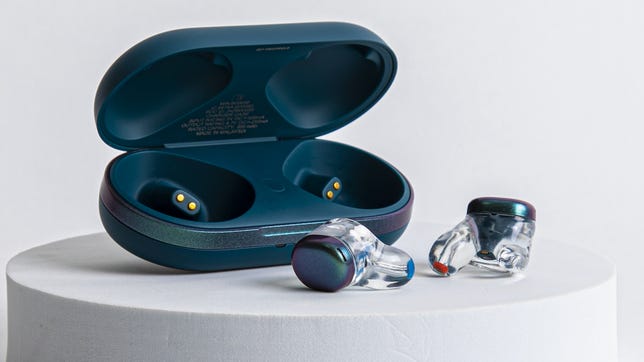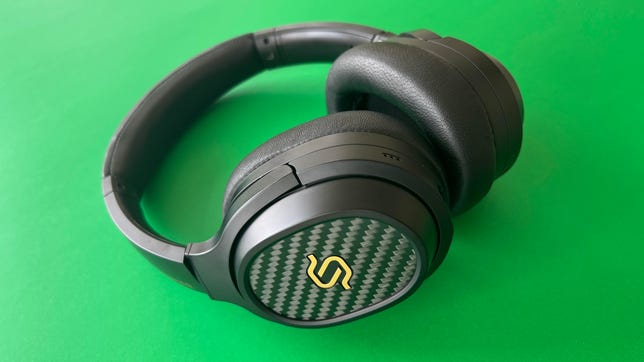TV lineups tend to be a bit a dry at this time of year, but February is Super Bowl time and there’s still plenty to watch on streaming. But beware, changes are rolling in for some of your favorite services, including a $1 price hike for HBO Max’s ad-free plan and extra fees if you’re sharing your Netflix account. Despite those price hikes, you’ll want to keep those services if you’re planning to keep up with The Last of Us and You season 4, which are streaming this month.
Onward. You can stream Super Bowl 57 on a live platform such as Sling TV, Hulu with Live TV or YouTube TV. But if you’re wondering how you can cut corners elsewhere in your streaming budget, we’ve got you covered. Rotating — or churning — your services is the way to do it.
How? You subscribe for a specific time frame, cancel, choose a different service, then resubscribe, keeping your favorite streaming services in a rotation. Choose one or two must-have platforms for the year and treat additional platforms like occasional add-ons. This allows you to save money when Netflix, Disney Plus, HBO Max and others don’t have the movies and shows you want to watch at a given time. Just remember to shut off auto-renewal for your monthly subscriptions. If you share accounts with someone outside your household, this strategy may not be ideal, but if you can work it out with your streaming mates, go for it.
Here are my suggestions for which streamers to keep or cancel for February based on new TV shows and movies arriving on each platform. Your tastes may be different, but if nothing else, I encourage you to at least consider the concept of rotating your memberships to save money.
Read more: Best Live TV Streaming Service for Cord Cutters in 2023
Streaming Service Rotation February 2023
| Keep | Cancel | |
|---|---|---|
| Netflix | X | |
| Starz | X | |
| HBO Max | X | |
| Disney Plus | X | |
| Hulu | X | |
| Paramount Plus | X | |
| Prime Video | X | |
| Peacock | X | |
| Apple TV Plus | X |
Definitely keep Netflix, HBO Max, Hulu and Starz
Netflix: Joe Goldberg’s antics on You aren’t the only attraction on Netflix this month. There’s a documentary about a rich dog, more Outer Banks, anime and reality TV. Here’s a list of noteworthy new releases:
- Detective Conan: The Culprit Hanzawa (Feb. 1)
- Gunther’s Millions – documentary about a dog with a hefty inheritance (Feb. 1)
- Freeridge — an On My Block spinoff (Feb. 2)
- Bill Russell: Legend (Feb. 8)
- My Dad the Bounty Hunter animated series (Feb. 9)
- Love to Hate You — K-drama (Feb. 10)
- You season 4, part 1 (Feb. 10)
- Your Place or Mine starring Ashton Kutcher and Reese Witherspoon (Feb. 10)
- Perfect Match features an all-star lineup of Netflix dating show contestants (Feb. 14, 21 and 28)
- African Queens documentary series (Feb. 15)
- Aggretsuko season 5 (Feb. 16)
- Murdaugh Murders: A Southern Scandal (Feb. 22)
- Outer Banks season 3 (Feb. 23)
- Formula 1: Drive to Survive season 5 (Feb. 24)
- We Have a Ghost (Feb. 24)
HBO Max: Keep watching The Last of Us and tune in for the Max exclusive, Harley Quinn: A Very Problematic Valentine’s Day Special on Feb. 9. Also new this month: Empire of Light (Feb. 7), All that Breathes documentary (Feb. 7), Aqua Teen Forever: Plantasm (Feb. 8), Puppy Bowl XIX (Feb. 12) and Last Week Tonight with John Oliver (Feb. 19).
Hulu: Your network favorites are still airing current seasons, but these are new arrivals in February: A Million Little Things final season premiere (Feb. 9), ABC’s Not Dead Yet (Feb. 9), final season of Wu-Tang: An American Saga (Feb. 15), The Masked Singer season 9 (Feb. 16), American Idol season 21 (Feb. 20) and Snowfall season 6 (Feb. 23).
Starz: After ending more than a decade ago, Party Down returns for a season 3 debut on Feb. 24. BMF is still airing too. Shop around for Starz deals to pay less for your subscription for the next few months.
Prime Video: You should cancel Prime Video if you only have a standalone subscription and you’re not interested in Carnival Row season 2. Otherwise, check out the fairy drama on Feb. 17 along with Harlem season 2 (Feb. 3) or The Consultant starring Christoph Waltz (Feb. 24).
Disney Plus: Again on the keep-cancel cusp this month, Disney Plus may be tempting for the short term if you love Black Panther or if you have kids. You can keep streaming Star Wars: The Bad Batch, but here are the new selections for February: Black Panther: Wakanda Forever (Feb. 1), The Proud Family: Louder and Prouder season 2 (Feb. 1), Marvel’s Moon Girl and Devil Dinosaur (Feb. 15) and BTS star J-Hope’s In the Box arrives Feb. 17.


Doesn’t this bunch look ready to party? Catch six new episodes of Party Down on Starz.
StarzYou can drop these streaming services this month
Apple TV Plus: There’s not much to stream here. We now know Ted Lasso isn’t coming until spring, but if you want, you can stream Hello Tomorrow! or Dear Edward on Feb. 3 on Apple TV Plus. We’ll also note that subscribers who are soccer fans can begin signing up for MLS Season Pass beginning Feb. 1 and receive a discounted rate.
Paramount Plus: Football season is over, so you may not want to dish out the money for Paramount Plus this month. But here’s what’s new: 65th Grammy Awards (Feb. 5), rom-com movie At Midnight debuts on Feb. 10, Star Trek: Picard season 3 (Feb. 16) and The Wolf Pack TV series starring Sarah Michelle Gellar airs through February until March 16. Drop the service if you these titles don’t interest you.


Captain Picard and Commander Riker are the stars on Paramount Plus this month.
Trae Paatton/Paramount+/CBS StudiosPeacock: If you’re a fan of Bel-Air, keep Peacock because season 2 debuts on Feb. 23. This is also where you can watch SyFy’s The Ark (Feb. 2) and The Real Housewives of New Jersey (Feb. 9). Cancel if you’re not interested in these releases, or in the awfully good Poker Face.
Save more money with patience
Waiting until most or all of the episodes of your favorite series arrive on a platform is a smart move to make if you don’t get FOMO. Instead of paying for a service for two or three months to cover a show’s six- to 10-week run, you can catch up on everything by subscribing for one month. And then repeat the cycle again.
For example, there are 10 episodes of Star Trek: Picard this season on Paramount Plus. The show airs into April, so all 10 episodes will available to stream at that time. Though it premieres in February and runs through April, why pay for three months when you can wait to watch it in full at any time in April? The same system can apply to all 10 episodes of Hulu’s Wu-Tang: An American Saga or Peacock’s Poker Face.


I love Wu but I may wait until I can strategically binge all of season 3 of Wu-Tang: An American Saga in the spring.
Vanessa Clifton/HuluConsider how much you’re paying per month for each streaming service, and do the math. Netflix costs $7 to $20, Disney Plus is anywhere from $2 to $11 depending on bundles, HBO Max costs $10 or $16, Hulu starts at $8 and Starz runs $9. The others have a base rate of $5 a month. Should you decide to churn, set yourself a calendar reminder to alert you when it’s time to resubscribe or cancel. We’ll see you in March for another streaming rundown.


